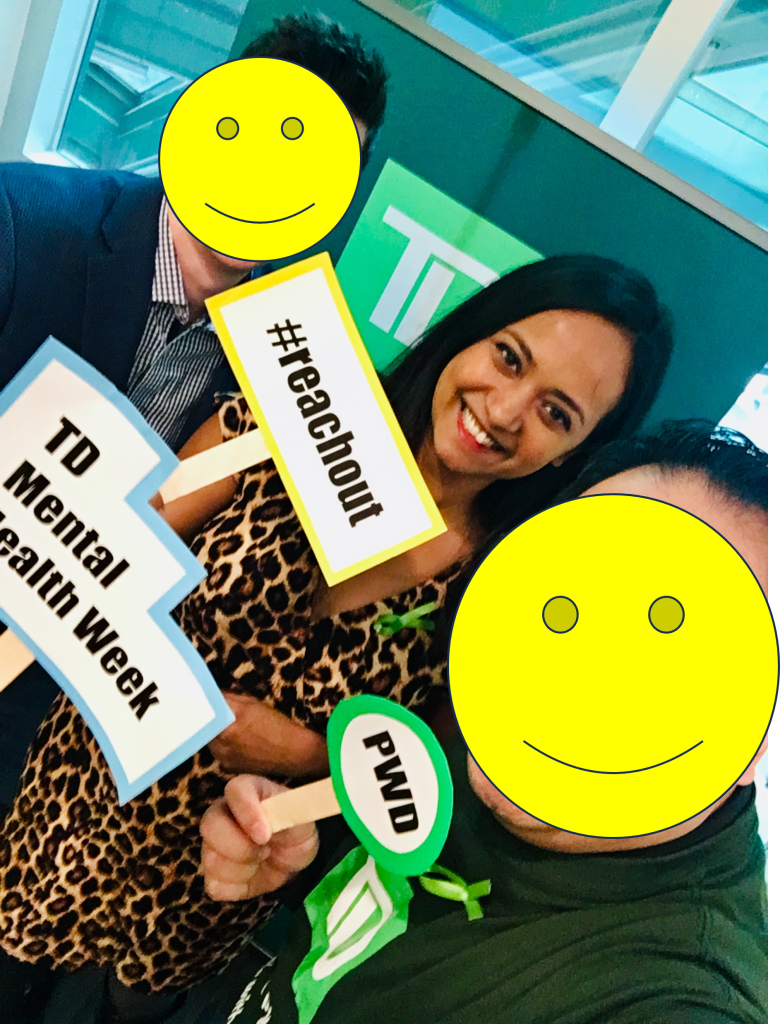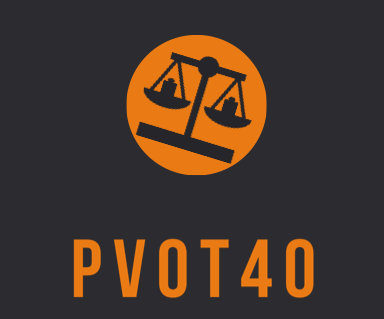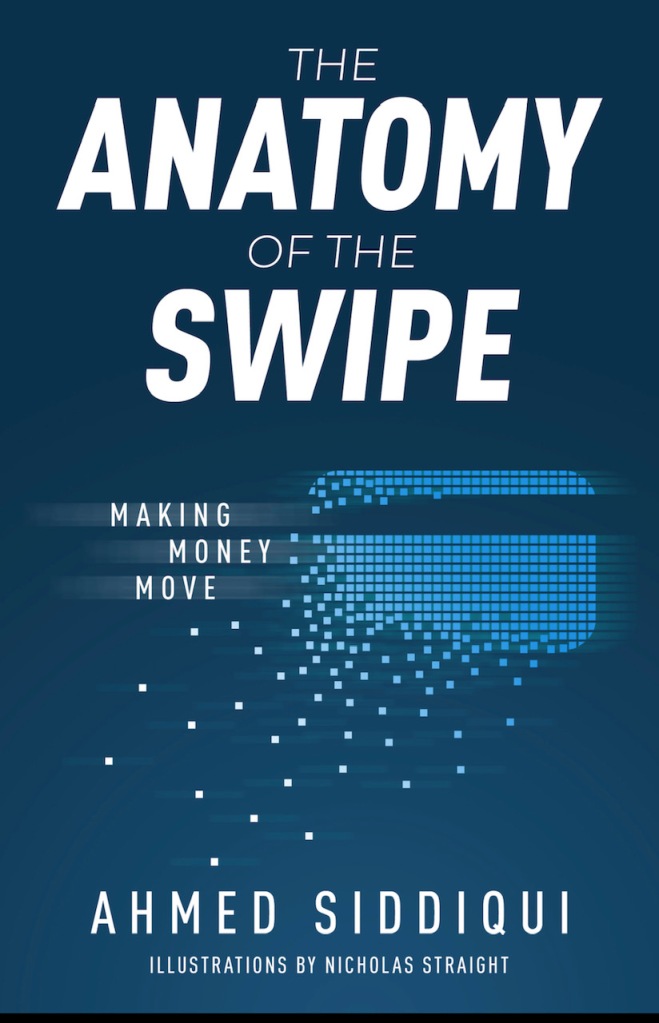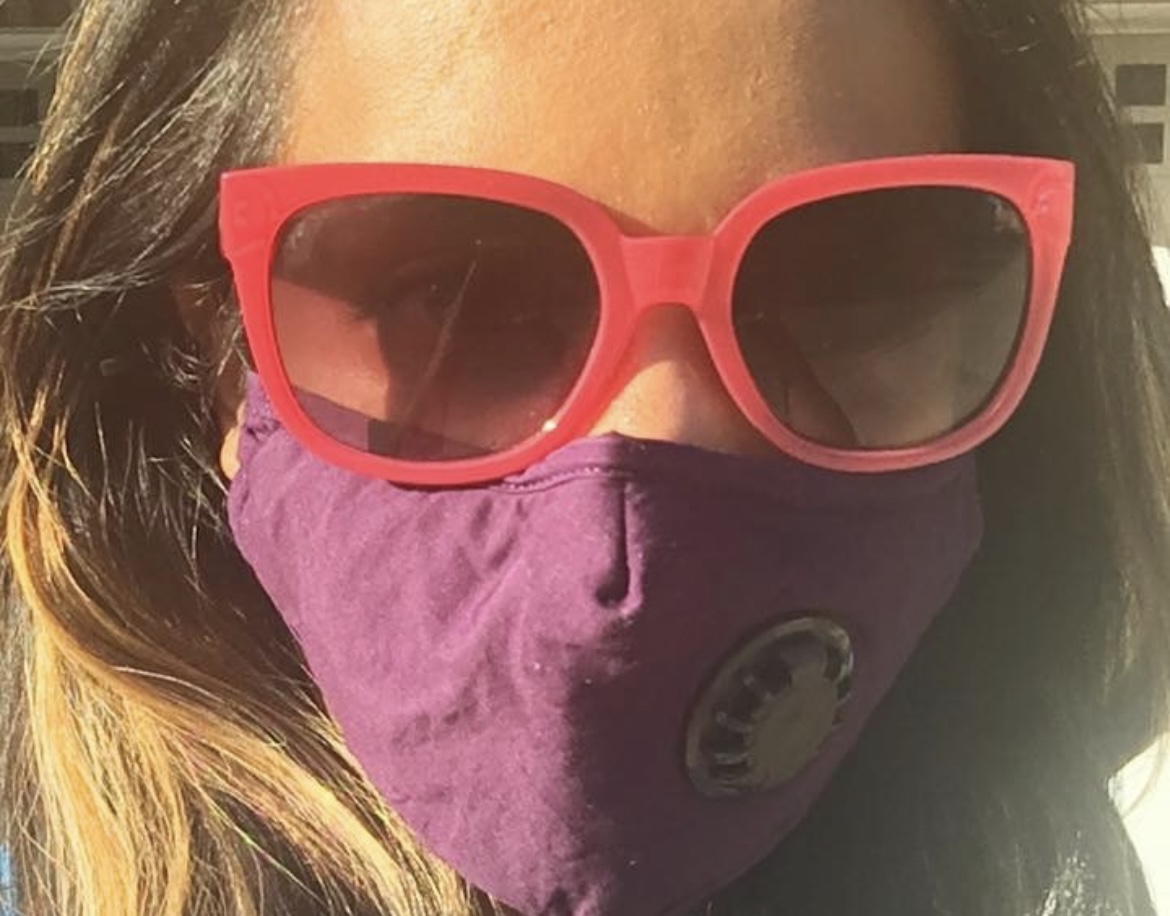
I didn’t fit into the Canadian corporate world naturally in the beginning.
I am unapologetically myself and more than once “myself” was not corporate enough right away.
In my first job at the Bank, one of my bosses compared me to Elle Woods (from Legally Blonde) – which I *think* he meant as a compliment but sure didn’t feel like it at the time.
I was also referred to as “quirky” by another former boss – again definitely not meant in a mean spirited way, but still not quite a compliment either!
And I consistently struggled with tempering my natural intensity to “get going” with a polished “sweetness” that many corporate environments demand.
As a result, MANY times in my early years I was told to “tone down the passion” when having challenging conversations. I misunderstood their meaning at the time, what they meant was the emotions in my voice was making people uncomfortable.
I know I am not alone. Many of you I spoke to struggle with a version of this every day.
(Btw, being “unlikable” as a woman is more detrimental than being unlikable as a man as I have seen male colleagues get away with being far more contentious and aggressive than I was EVER allowed to be)
Regardless, like most things in Corporate Canada – it’s not hard to manage perception, if you have a strategy!
And by the end of my bank career, I amassed enough techniques to navigate the conflict-shy corporate culture, and I was able to maintain my edge without ruffling many feathers.
In this post I’ll share my strategies for appearing more likeable in a corporate environment, without fundamentally changing who you are.
I hope you find some of my strategies helpful!
Channeling an alter ego
I spent my last year at the Bank in a high visibility, large program with several workstreams and a myriad of personalities. Tensions ran higher than usual.
I was in a leadership position and was often asked to opine on strategies or handed deadlines well outside the scope of my control.
What helped me get through these stressful meetings with dozens of people, many of whom in a position to fire me, was “channeling my inner-Stella”.
Stella (a real person but I am using a pseudonym) was a stakeholder in my program with the calmest, most radio-friendly voice I ever heard!
She was pleasant, always spoke in a lower register, carefully enunciating every word. And Stella could get away with saying almost anything without triggering defenses in others.
So, I started practicing my Stella voice!
And whenever I felt I needed to deliver a difficult message or ask a challenging question – I stepped into my inner-Stella. Immediately, I sounded calmer, softer and less confrontational.
Lowering voice and slowing down speech automatically makes things less confrontational, but easiest for me was to actually mimic a real person and make her my alter ego.
It’s sort of the opposite of Beyonce’s Sasha Fierce.
I found consistently channeling my inner Stella in difficult situations allowed me to maintain a “chill” reputation in an easy and fun way, without impacting my sharpness or edge in other areas.
Managing REACTIVE days
I occasionally still have days when I am more reactive than usual, my triggers are inadequate sleep, working too long for multiple days (past 6pm) and missing weeks of workout sessions.
On these reactive days, channeling the inner Stella is not enough.
It is best to go remote, reschedule challenging conversations and keep interactions with others to a minimum.
In a corporate environment we superficially interact with dozens – maybe hundreds – of people over the course of a year. Unlike friends or family, one negative encounter on a bad day can leave a lasting impression on a colleague who doesn’t really know us well.
In my opinion, it’s best not to risk a public display of reactivity and limit interactions as much as possible on “reactive” days.
Important caveat here is I am very disciplined about getting enough sleep, avoiding working very late (better to start earlier) and being consistent with my workouts, so bad days are the exception and not the norm.
Offering to Do coffee runs
One of my favourite ways to appear more likeable is to get people coffee!
Corporate Canada has some of the most over-caffeinated people in the world and they LOVE it when you bring them back a coffee. Especially if they are stuck in a meeting and can’t go themselves.
I ALWAYS offered to grab coffees when I went for one myself during my Bank days. In fact, I had informal agreements with several colleagues to bring back coffees for each other.
There is also something “intimate” about knowing how someone takes their afternoon caffeine. I still remember one of my former colleague’s coffee order – double espresso with raw sugar at Starbucks- and it was a superficial bond that made our other discussions more palatable.
Writing nice, polite & pleasant emails
Most of our conversations in the corporate world happen via email and over time, just putting in a touch of niceness in the emails can make a difference in how likeable we seem to others.
Any time anyone mis-spelled my name in an email, for example, I instantly disliked them a tiny bit.
We underestimate how much likeability we can exude by just being “friendly” in our emails, consistently and deliberately.
Writing “nice” emails include:
- Writing the recipients name correctly! For example if someone goes by Jen, for heaven’s sake don’t call them Jenn!
- Include a hello/hi – a greeting of some type, before jumping into the email. I like a sunny Happy Monday or something that is not immediate cringe-inducing for you.
- NEVER randomly ask a person to do something without providing context. It is just rude to ask for something without adding “why” in a corporate environment – even with a subordinate (today’s subordinate is tomorrow’s boss).
- Say thank you often (more than necessary) and use at least one random “!” – I don’t know why, but ! in an email just ups the likeability factor (hey, you’re the one who wants to be more likeable!).
- Remove any sign of passive aggression – even if you feel it. No “as per my last email” or unnecessary escalations. Your pissed-off-ness is your problem, not poor “Joe the Infrastructure PM”‘s – trust me, he does not care.
Saying specific and nice things about people to other people
One way to be instantly likeable is to say very specific, very nice things about your coworkers to others.
Specificity (and sincerity) is important because a blanket “omg they are so great” is useless and counterproductive. Because the person you’re saying that to may not agree with a general statement and you will surely come across as phony if you overuse it.
Instead pick an ACTUAL nice thing and instead of spraying “omg, Jen is so great!” (which people do ALL the time) say something like “I really liked working on building that deck with Jen, she was so organized and great with visual storytelling”.
In this case, even if Joe thinks Jen is terrible, he can’t deny Jen’s story telling skills. And you come across as astute and kind.
Avoiding complaining AT ALL COST
This one is CRITICAL in a corporate environment.
DO. NOT. COMPLAIN. ABOUT. COWORKERS. TO. OTHER. COWORKERS
Do not do this. Never, ever, ever.
If you must complain or vent, find a secret friend. Best if said friend doesn’t even work at your company.
I have not historically been guilty of this, but I’ve seen people kill their careers with this bad habit.
DO. NOT. COMPLAIN. ABOUT. COWORKERS. TO. OTHER. COWORKERS. EVER.
Making genuine connections with people
This last one is simple. Make some office friends with other likeable people.
Let people see you laughing, talking and enjoying yourself.
Smile. Make Jokes. Join the gang in the kitchen to eat leftover food.
Lighten up.
When in doubt, bring some cookies & feed people.
Finally, remember it is JUST work.
A final note about being “authentic” at work.
Those who genuinely care for us and love us – like friends and family, deserve our authentic selves. Our authentic selves are a gift of vulnerability and humanity that we bestow on special people.
However, there is no need to spring our moment to moment frustrations and/or misery on unsuspecting coworkers in the name of authenticity.
They have lives, problems, burdens that they are also dealing with and they did not sign up to be harassed by our “authentic selves”. Many people in corporate are there to collect a pay check so they can go back to their lives, accept it and respect it.
The good thing about a corporate job is you can always switch to a different role!








